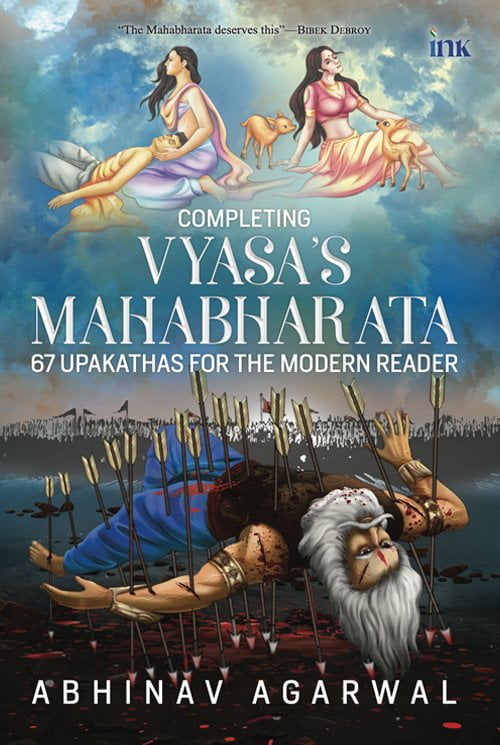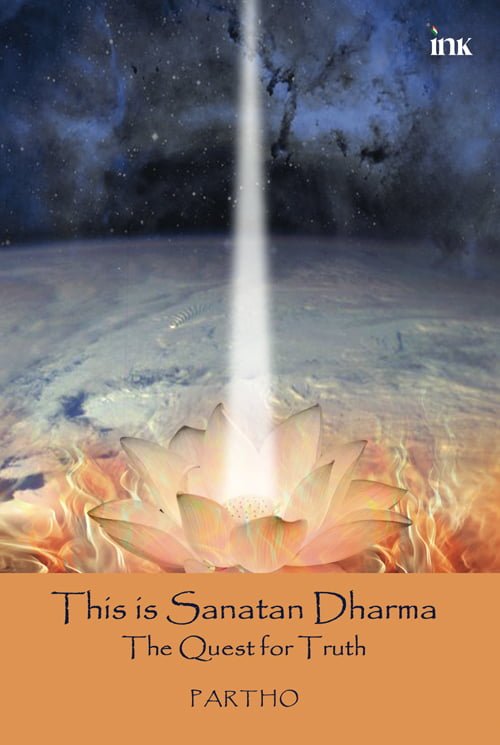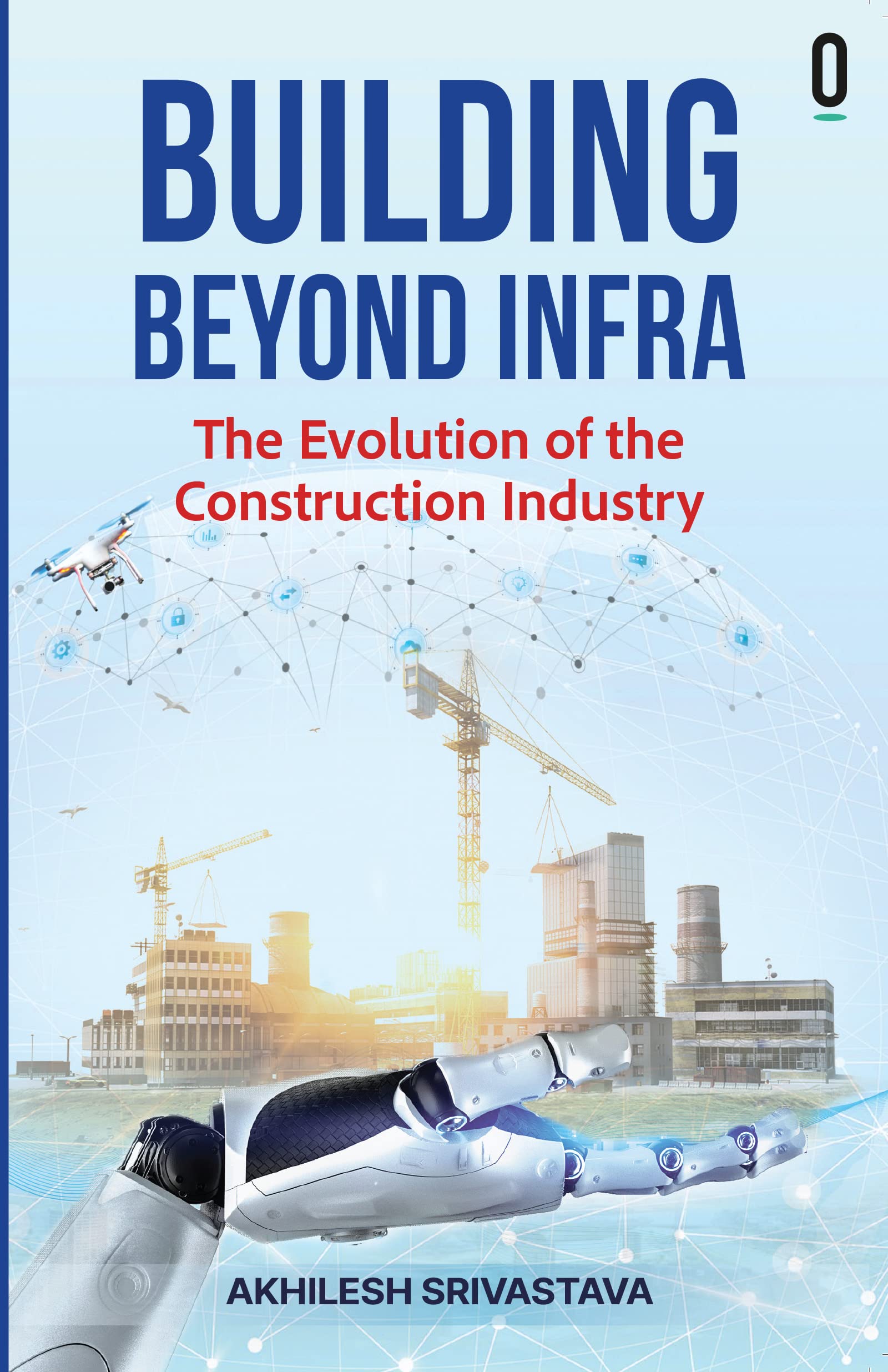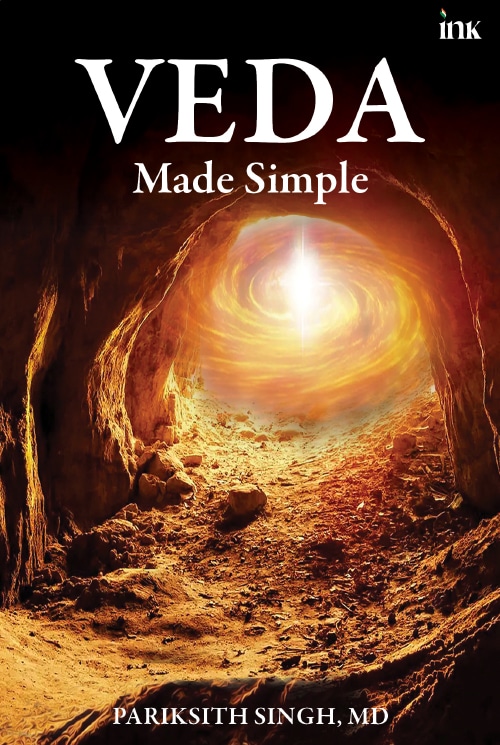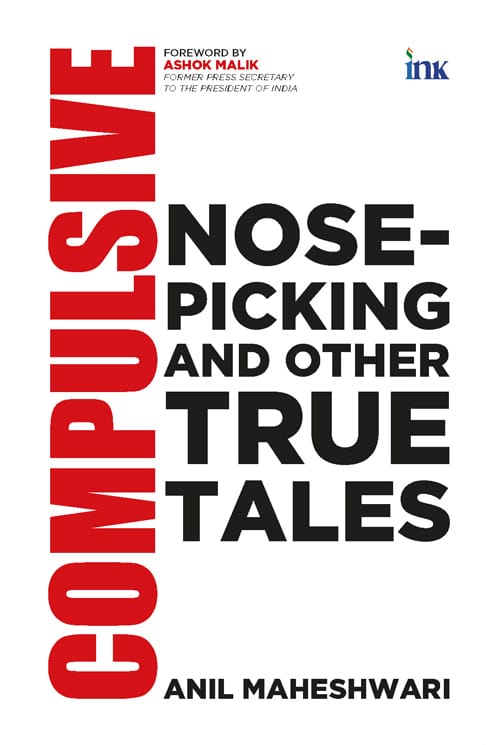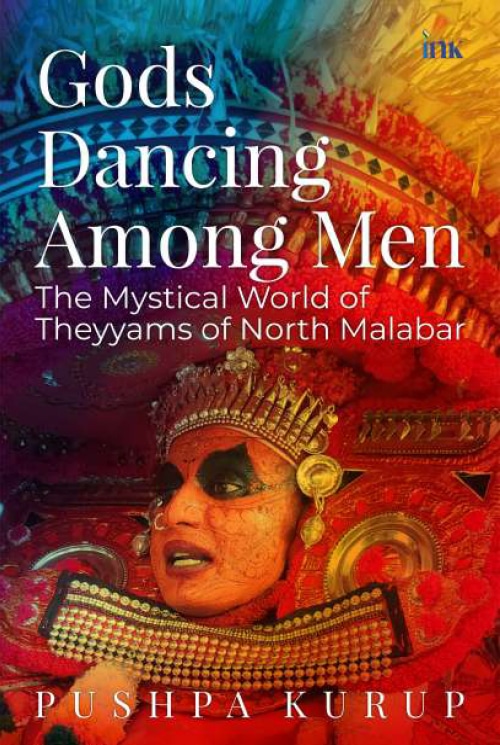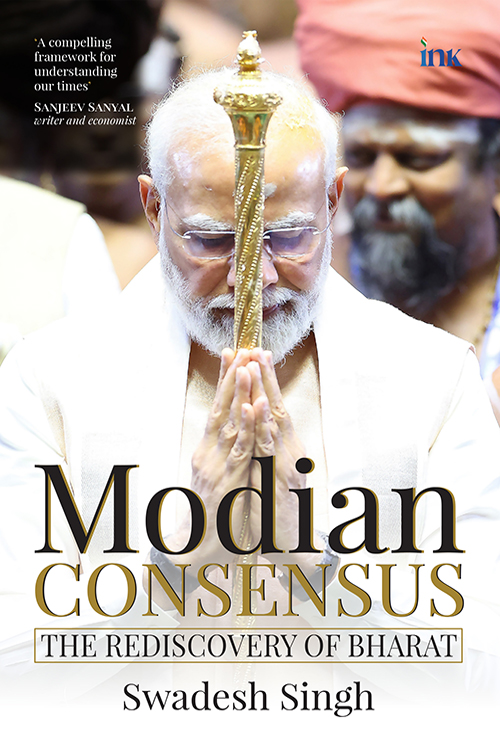Completing Vyasa’s Mahabharata
Embedded within the primary narrative of the Mahabharata lie numerous sub-tales known as upakhyaanas or upakathas. These lesser known stories play a vital role in completing the grand tapestry of the Mahabharata, thus giving this book its apt title. Unlike verse translations found in unabridged versions, the 67 upakathas presented here serve a different purpose. While they may appear as diversions, these narratives serve as vital threads, connecting the text and offering answers to lingering questions that readers may have. For instance, why did Ambaa, the princess of Kaashi, become the catalyst for Bheeshma’s demise in a later life? The Ambaa upakhyaana holds the answers. Similarly, the stories of Sage Parashuraama reveal why a brahmana like him possessed warrior-like qualities. Two upakhyaanas shed light on this enigma. Additionally, the Yayaati upakhyaana elucidates the reasons behind the Kurus descending from Puru, Yayaati’s youngest son, rather than the eldest. Moreover, the intriguing dialogue between Duryodhana and Shalya, where Duryodhana persuades Shalya to become Karna’s charioteer, is also explored in these Upakathas.


